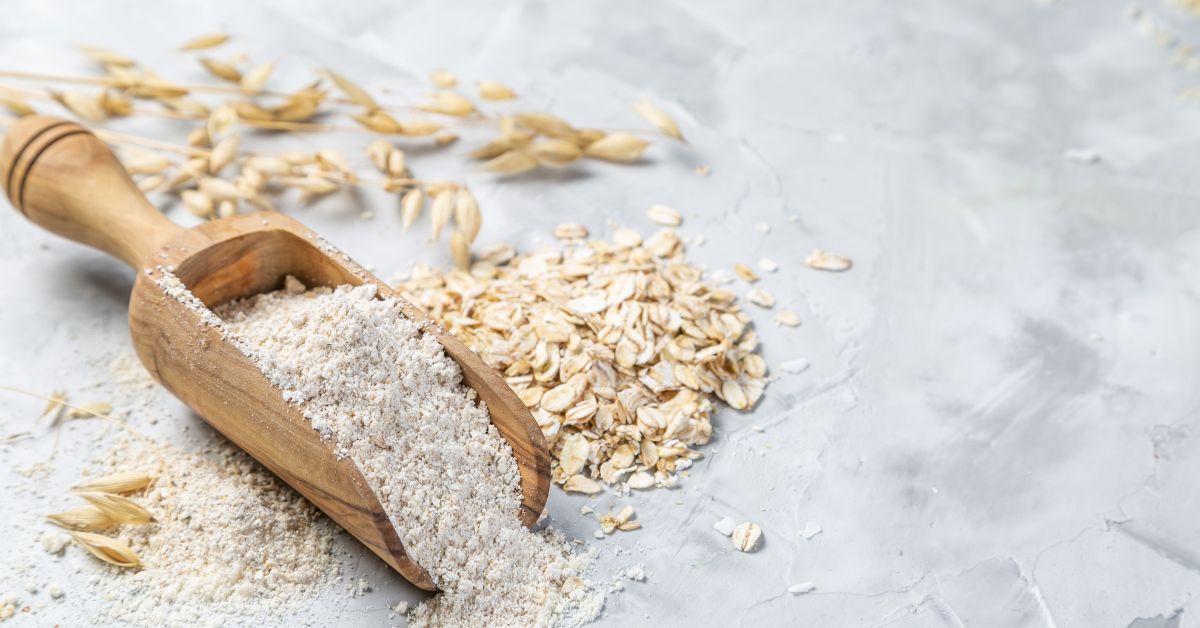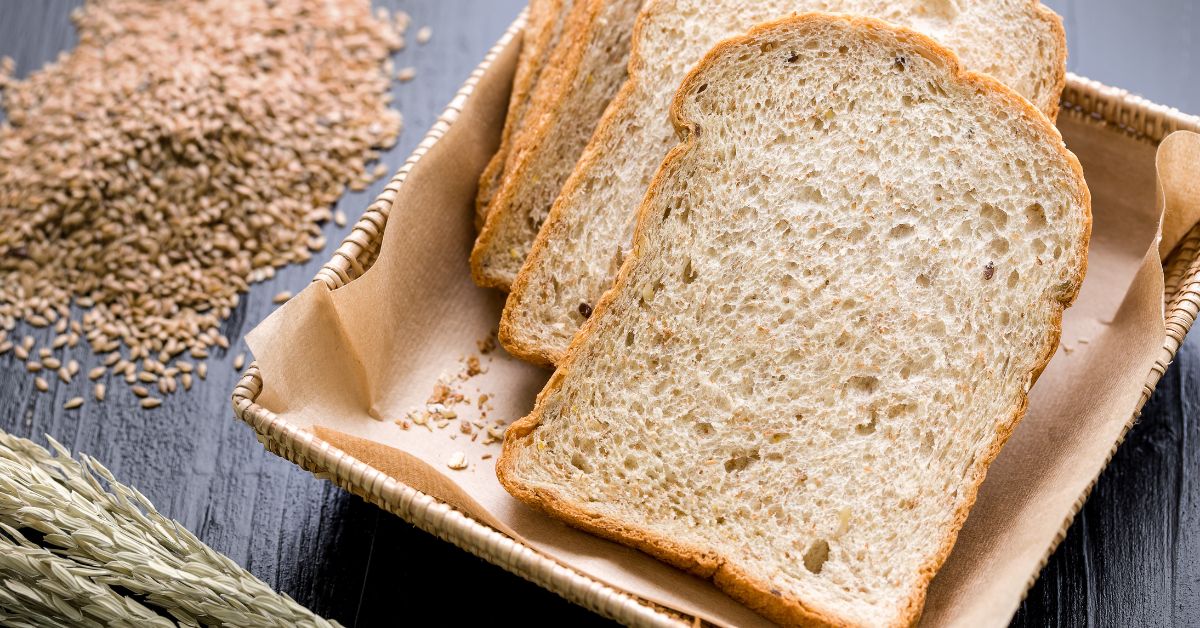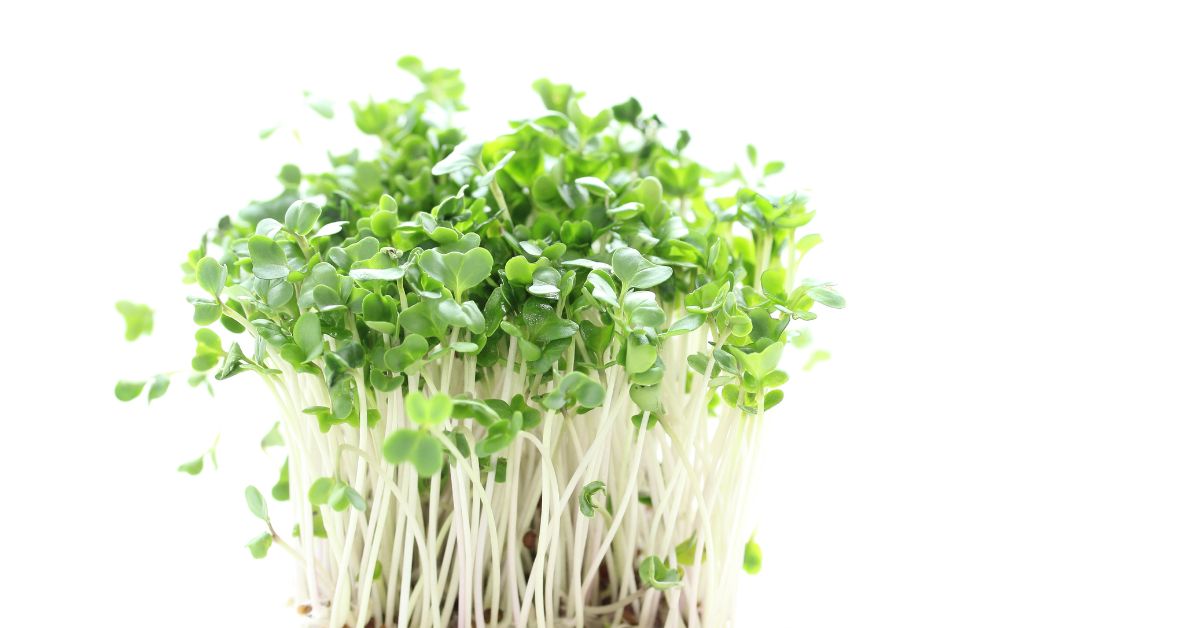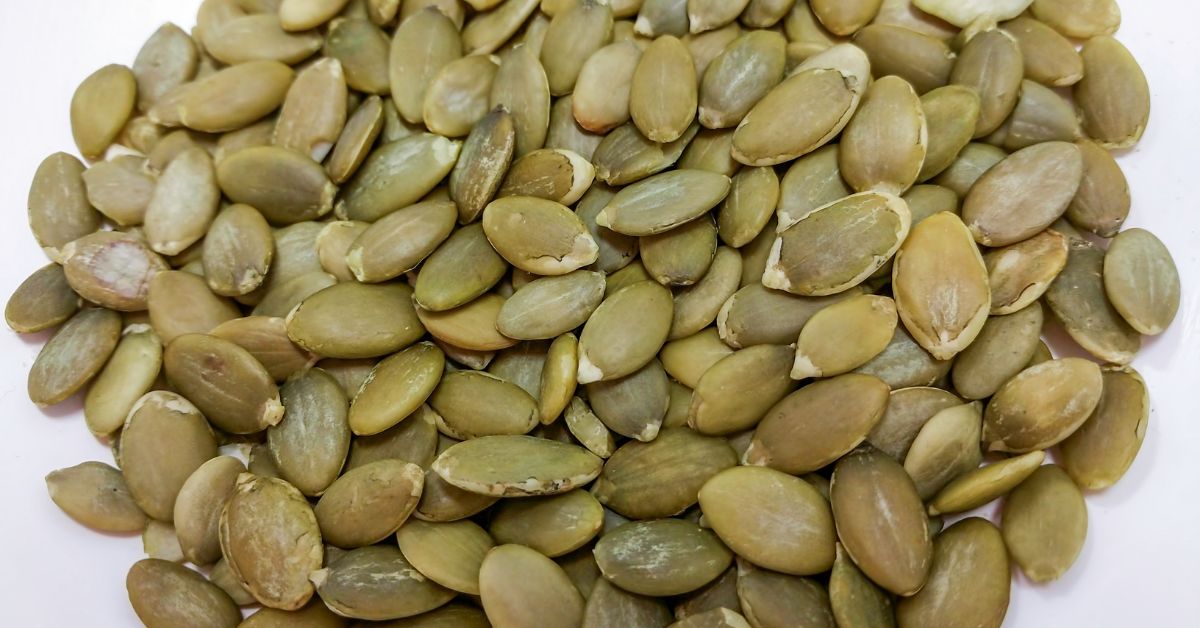Feeling hungry all the time can be influenced by various factors, encompassing physiological, psychological, lifestyle, and even medical reasons.
Understanding the complexity of hunger cues and their triggers can empower individuals to make informed lifestyle changes and dietary choices to manage persistent hunger effectively. Identifying and addressing the root causes can significantly alleviate constant feelings of hunger and promote a healthier relationship with food and eating habits.
Controlling constant hunger involves a holistic approach addressing various factors from diet to lifestyle habits. Understanding hunger cues, managing macronutrient intake, and adopting mindful eating practices are essential in curbing excessive hunger.
Hunger is the body’s signal for nourishment, signaling a need for energy. Differentiating between true physiological hunger and emotional or environmental triggers is crucial. True hunger emerges gradually, while emotional hunger is often sudden and accompanied by cravings.
What are the reasons for feeling hungry all the time?
Understanding the multitude of factors contributing to persistent hunger is essential in addressing and managing this issue.
- Insufficient Food Intake: Consuming meals low in nutrients or calories might fail to adequately satisfy hunger, leading to frequent hunger pangs. Skipping meals or adopting overly restrictive diets can also trigger persistent hunger due to inadequate energy intake.
- Inadequate Macronutrients and fiber: An imbalanced diet lacking in essential macronutrients like protein, fats, or complex carbohydrates may not provide sustained satiety, causing increased hunger. A diet low in fiber from fruits, vegetables, and whole grains can result in rapid digestion, leaving one feeling hungry sooner after meals.
- Ghrelin Imbalance: Ghrelin, known as the hunger hormone, increases appetite. Factors like irregular meal patterns, lack of sleep, or stress can disrupt ghrelin levels, leading to increased hunger.
- Dehydration: Misinterpreting thirst for hunger is common. Inadequate water intake can lead to feelings of hunger, although the body might require hydration instead.
- Emotional Eating and Stress: Emotional factors like stress, anxiety, or boredom can trigger feelings of hunger, leading to comfort eating or mindless snacking.
- Sleep Deprivation: Lack of sleep affects hunger hormones, increasing ghrelin and reducing leptin (the hormone responsible for feeling full), leading to increased appetite.
- Medical Conditions: Certain medical issues such as hyperthyroidism, diabetes, or hormonal imbalances can disrupt hunger cues, causing excessive hunger. Certain medications, like antidepressants or steroids, may stimulate appetite or alter hunger signals.
- Lifestyle Habits: Excessive reliance on processed foods high in sugars and low in nutrients can lead to rapid spikes and drops in blood sugar levels, causing increased hunger.
How to manage or control your hunger?
- Eat Balanced Meals: Prioritize a balanced diet comprising protein, healthy fats, and fiber-rich carbohydrates. These nutrients promote satiety and regulate blood sugar levels, preventing sudden hunger pangs.
- Protein Intake: Incorporate lean protein sources like chicken, fish, tofu, and legumes. Protein promotes fullness and helps curb cravings.
- Fiber-Rich Foods: Include fruits, vegetables, whole grains, and legumes rich in fiber. Fiber aids digestion, prolongs satiety, and prevents rapid spikes in blood sugar.
- Healthy Fats: Consume sources of healthy fats like avocados, nuts, seeds, and olive oil. These fats help signal fullness and slow down digestion, preventing rapid hunger.
- Mindful Eating: Pay attention to hunger cues and practice mindful eating. Eating slowly, chewing thoroughly, and savoring each bite helps register fullness. Chew food slowly and thoroughly, allowing time for the brain to register fullness signals. Be present while eating, focusing on the taste, texture, and enjoyment of food. Avoid distractions like screens during meals.
- Hydration: Often, thirst can be mistaken for hunger. Stay hydrated throughout the day, aiming for at least 8 glasses of water. Herbal teas or infused water can also curb hunger.
- Regular Meals: Establish consistent meal times to regulate hunger hormones and prevent excessive snacking between meals.
- Portion Control: Be mindful of portion sizes to avoid overeating. Use smaller plates and utensils to visually trick the brain into feeling satisfied with smaller portions.
- Sleep Quality: Prioritize adequate sleep, aiming for 7-9 hours per night. Sleep deprivation disrupts hunger hormones, leading to increased appetite.
- Stress Management: High stress triggers emotional eating. Incorporate stress-relief techniques like meditation, yoga, or deep breathing to manage stress-induced hunger. Find alternative activities to cope with emotions rather than using food.
- Physical Activity: Regular exercise not only burns calories but can also help regulate appetite hormones, reducing constant feelings of hunger.
- Snack Wisely: Opt for healthy snacks like Greek yogurt, nuts, fruits, or veggies to curb hunger between meals. Keep nutritious snacks on hand to prevent reaching for high-calorie, low-nutrient foods when hunger strikes.
- Address Emotional Triggers: Identify emotional triggers leading to unnecessary eating and find alternative coping mechanisms like journaling or talking to a friend.
Conclusion:
Controlling constant hunger involves a combination of nutritional balance, mindful eating practices, lifestyle adjustments, and understanding individual cues. By fostering a healthy relationship with food, adopting mindful habits, and addressing underlying lifestyle factors, it’s possible to manage hunger effectively and achieve a balanced approach to eating for overall well-being.
Controlling constant hunger can be challenging, but with strategic lifestyle changes and mindful eating habits, it’s possible to manage and regulate appetite effectively. Understanding hunger cues, adopting a balanced diet, managing stress, adequate sleep, and staying hydrated are key components to control constant hunger.
Seeking Professional Help:
Persistent hunger despite lifestyle changes may indicate underlying issues. Consulting with a healthcare professional, registered dietitian, or nutritionist can provide personalized guidance to address specific concerns.
Managing constant hunger involves a holistic approach that encompasses dietary changes, mindful eating practices, stress management, adequate sleep, and a healthy lifestyle. By adopting these strategies and understanding the body’s hunger cues, it’s possible to control constant feelings of hunger and maintain a balanced relationship with food.
Questions & Answers
What illness causes constant hunger?
Constant hunger, known as polyphagia, can be triggered by various medical conditions. Diabetes, particularly type 1, can lead to excessive hunger due to the body’s inability to utilize glucose effectively. Hyperthyroidism, an overactive thyroid gland, can also cause increased appetite. Certain psychiatric conditions like Prader-Willi syndrome induce insatiable hunger. Hormonal imbalances, such as in pregnancy or growth spurts during adolescence, can similarly trigger persistent hunger. Addressing the underlying condition through proper medical evaluation and treatment is crucial to managing and alleviating constant hunger.
What are 2 signs of extreme hunger?
Extreme hunger often manifests through intense physical and psychological cues. Two signs include persistent stomach growling or pain, indicating an urgent need for sustenance. Additionally, heightened irritability, dizziness, or difficulty concentrating may accompany extreme hunger, signaling a drop in blood sugar levels and the body’s urgent demand for nourishment. These signs indicate a critical need to eat and address the body’s immediate nutritional requirements to alleviate discomfort and maintain optimal health.










